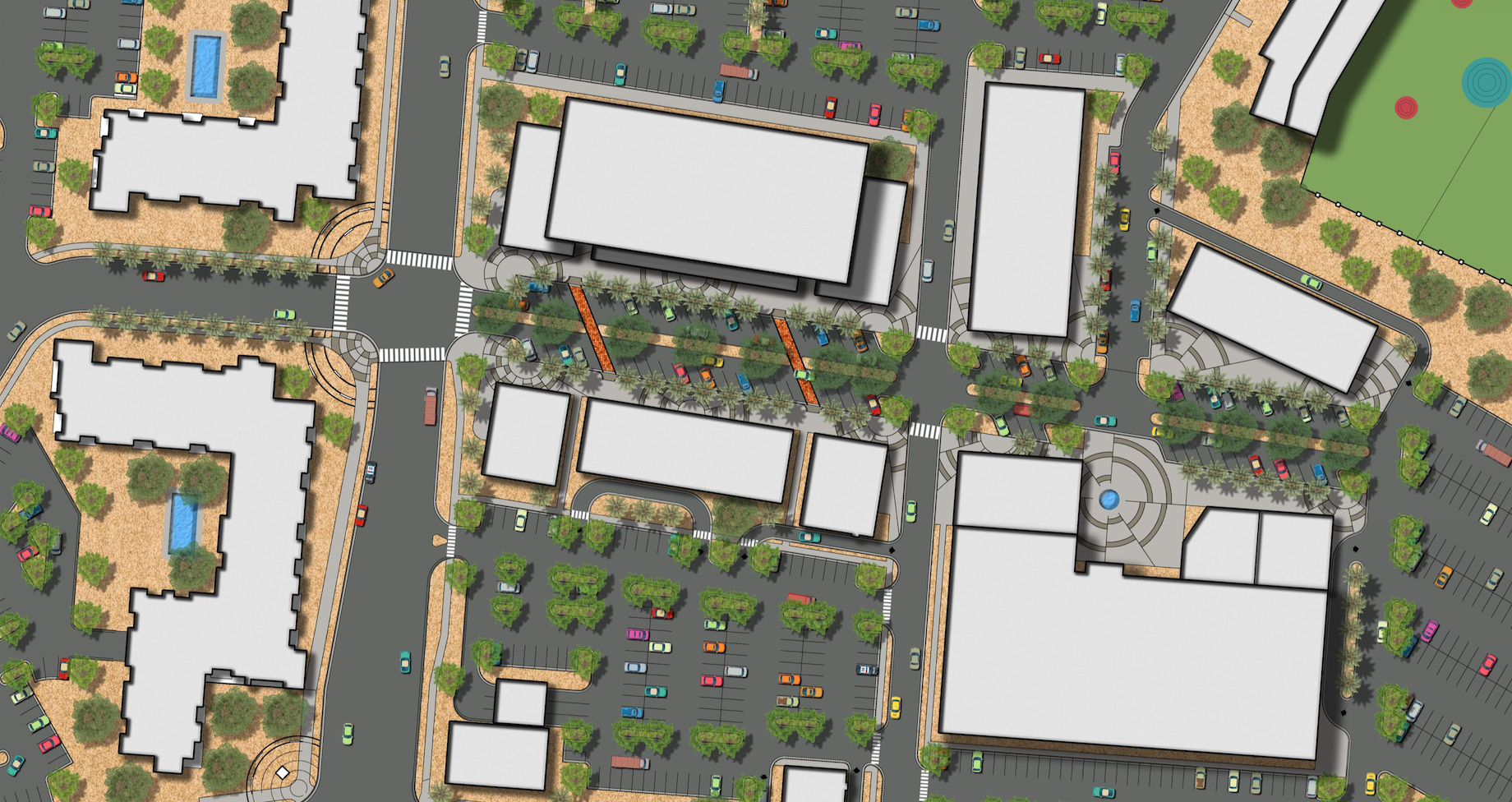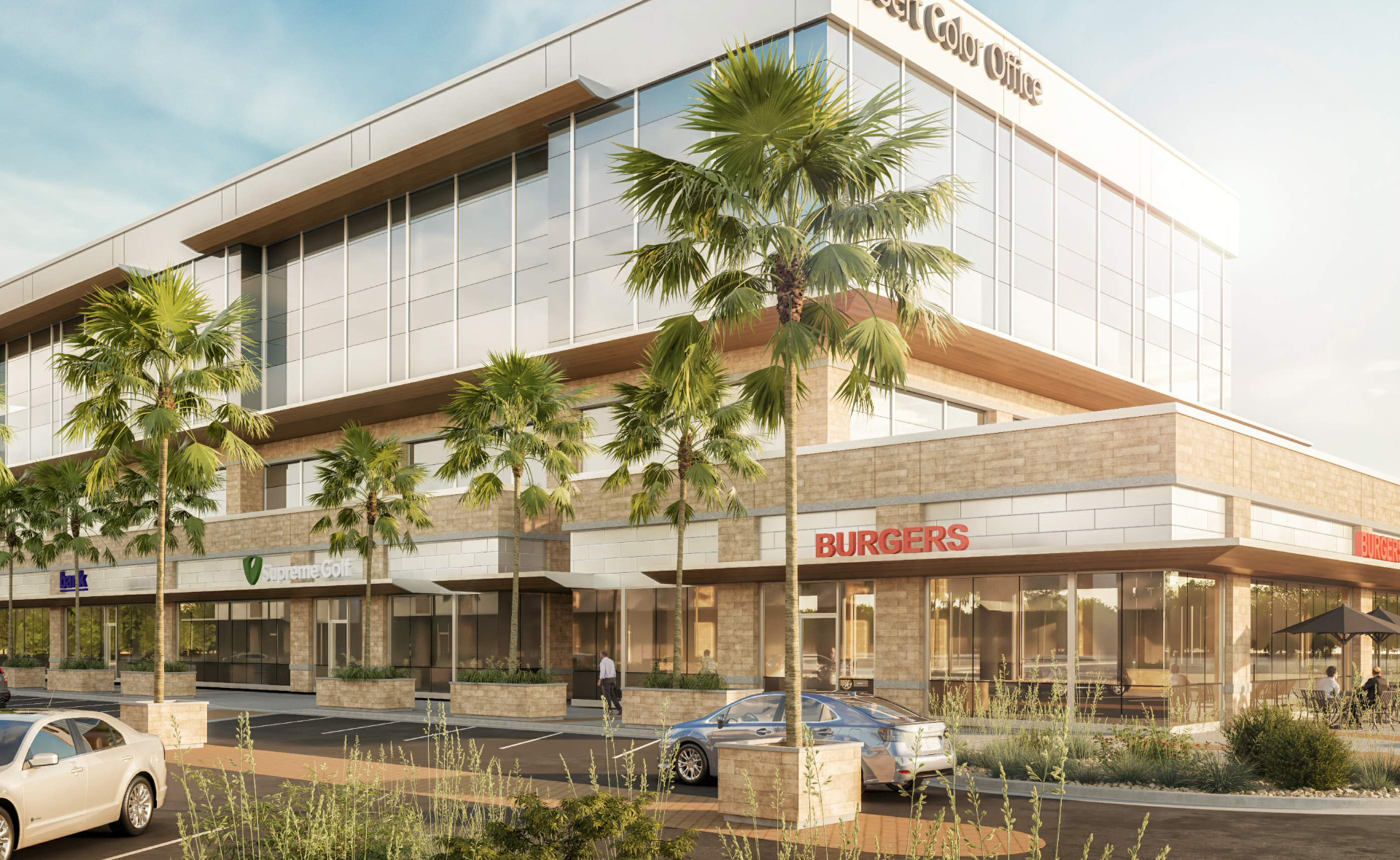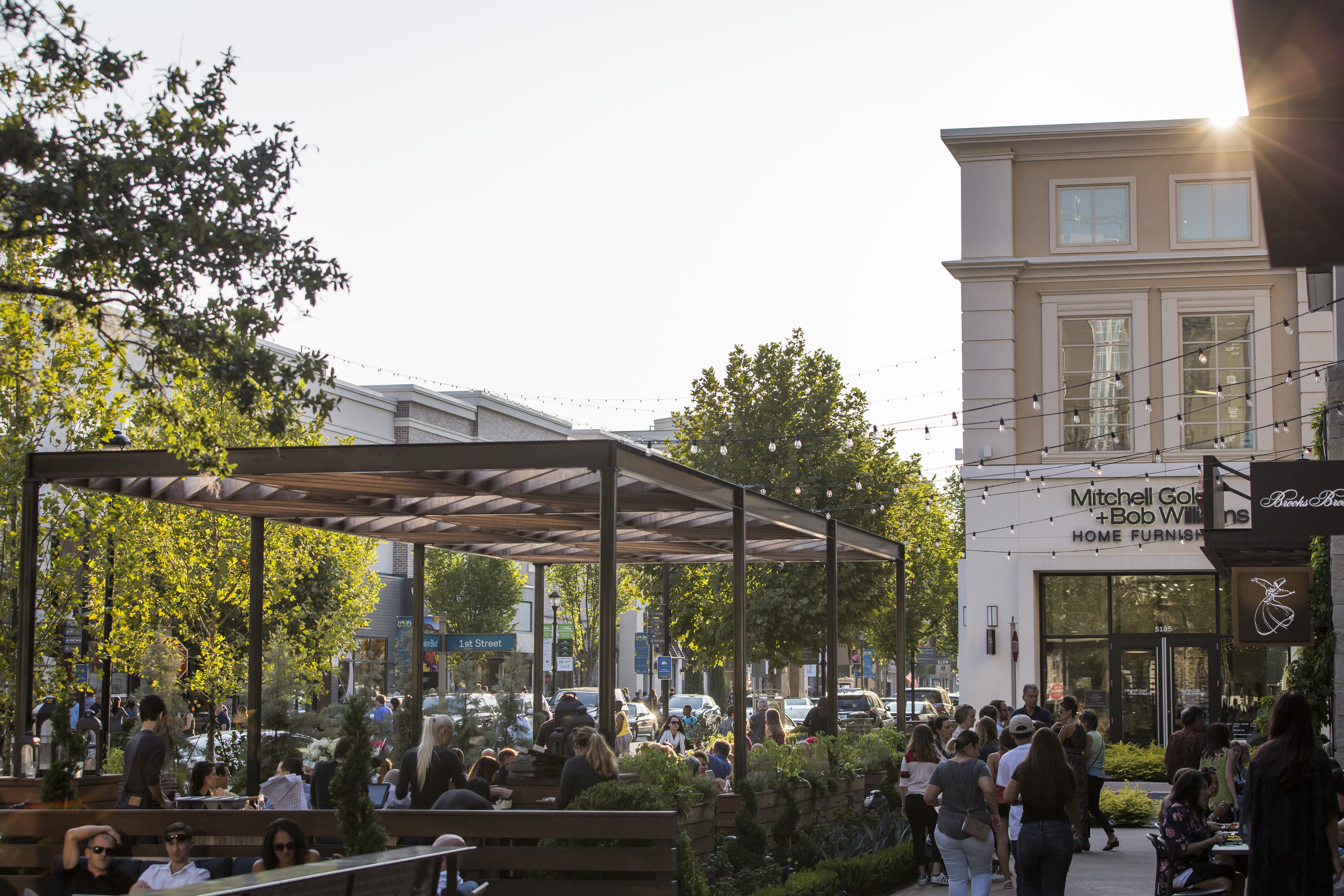People, tenants and ideas from U.S. cities are reshaping retail properties in the suburbs, a trend that is spicing up suburban food-and-beverage lineups and leading to more walkup windows, cafe seating, streetscapes and other sights and sounds typical of the big city.
The flow of influence from cities to suburbs has accelerated due to the pandemic, said Phil Colicchio, who focuses on specialty food, beverage and entertainment as an executive managing director at Cushman & Wakefield. “Suburbs and edge cities are becoming significantly more elevated in terms of food-and-beverage service, talent and options,” he said. “It’s happening all around the country.”
With their restaurants in the city shuttered by the stricter government orders, many chefs and their staffs have relocated to the ’burbs. “A number of very well-trained professionals could no longer afford to wait out the pandemic in, for example, New York City,” Colicchio said. “They decided to return to ‘friendly confines,’ the places where they grew up or where their significant other lived. Those folks have not returned to the cities and likely will not return.”
Culinary school graduates weren’t the only ones headed out of town: The New York counties that include Manhattan, Brooklyn and Queens all recorded net losses in population last year, according to a white paper by Placer.ai. Manhattan, in particular, saw a 12.8 percent year-over-year population decline in January 2021. However, 67 percent of that negative migration went either to other counties within the state or to counties in New Jersey, Connecticut, Pennsylvania, Vermont and Massachusetts. Placer.ai’s numbers come from its tracking of mobile devices and other sources.
These migrations suggest a strategy for retailers and restaurants to cater to the downtown tastes of newly settled suburbanites. “The ability to provide an ‘urban’ experience in the suburban environment will be highly valued, whether it be new retailers, pop-up retail, new restaurant concepts, concerts or art installations,” wrote Placer.ai marketing analytics manager Maytal Cohen.
Work-from-home effect
In some cases, proprietors of in-town restaurants are eager to reopen, but their talented staff have made that harder by opting to stay in the ’burbs. “I’ve had several conversations recently with restaurateurs in this situation,” Colicchio said. “Once a year has gone by, people become a little more entrenched in where they are. They may even say, ‘I know I was out there chasing a dream of New York food-and-beverage fame, but it’s pretty dicey and expensive there and there’s opportunity here in the suburbs.’”
Another factor bolstering the appeal of suburban sites, at least for now, is the ghost town atmosphere of some cities’ office corridors, said James Chung, a veteran Bay Area broker who launched his own firm, The Econic Co., this March. “While it’s not the case for all of them, we still see tumbleweeds in certain downtown financial districts around the country.”
Over the course of the pandemic, research firms have produced a flood of surveys aimed at pinning down exactly what office work will look like moving forward. A June 2020 survey by IDC found that 87 percent of U.S. companies with 1,000 or more employees expected their employees to keep working from home for three or more days per week once restrictions lift. The vast majority, 90 percent, indicated that more of their employees would likely be working from home in the future.
But Brixmor vice president of research David Spawn points to Pew Research Center’s more muted findings: In a December 2020 survey of 10,332 U.S. workers, only 38 percent indicated it was feasible to do their jobs mostly from home. Conducted before the national vaccination campaign was in full swing, the Pew survey and others like it also cannot account for wildcards like the trajectory of the virus or whether employers will mandate a return to the office, Spawn says. The bottom line: The ultimate magnitude of the shift is still unknown and likely will vary by market. “It could be a big, meaningful change, but it’s hard to measure because these numbers will move over time.”
Taking the long view, Chung predicts the U.S. office sector will bounce back. “Is there going to be a change in the patterns and cadence of work? Potentially, yes,” he said, “but ultimately, we feel there’s going to be a full recovery of occupancy.”
A 150,000-square-foot office lease Woodbury Corp. signed this year offers a glimpse of the changes in office work that are afoot. The tenant, a tech firm, plans to make all five floors into flexible workspace. “There are very few permanent offices. You just show up and, depending on what you want to do that day, go to that particular floor to work,” explained director of leasing Danny Woodbury. “That type of flex model, which is probably the more permanent trend, does mean that more people will be working from home for a significant portion of the week.” All of that said, he adds, employees in satellite offices or those that handle back-office administrative functions are more likely to work from home than employees at a traditional corporation with a downtown headquarters.
As Colicchio sees it, those working from home have spurred demand already for more diverse food-and-beverage concepts in the ’burbs. “They are much happier to support elevated food-and-beverage in their own communities,” he said. “We see it now, and we’re going to continue to see it.”
Urban vibes
Atlanta restaurateur David Abes’ Dash Hospitality Group specializes in bringing urban-inspired offerings to suburbs and small towns. For his latest project, in suburban Dunwoody, Georgia, Abes won municipal approval for a courtyard, performing arts stage, outdoor screen and five food-and-beverage concepts. Visitors to The Village in Dunwoody will be able to enjoy live events along with the likes of wine, craft beer and whiskey, gourmet coffee and pastries, charcuterie, barbecue and Mexican and Mediterranean street food. The five operators are Bar(n), Morty’s Meat & Supply, Cuco’s Cantina, Yoffi and Message in a Bottle. “We’re doing the project in three stages,” Abes said. “The first concept in the courtyard, Bar(n), is signing the lease and moving forward. We hope to have the first phase opened by mid-September.”
Abes started planning The Village two-and-a-half years ago, but he says the work-from-home trend has made the project even more relevant for Dunwoody. “People are staying close to home, and especially now with COVID, they’re working out of their houses and want that central town center,” he said.
Marketers sometimes make heavy use of terms like “urban” and “town center” to describe cookie-cutter projects, but especially in closer-in suburbs with more urban sensibilities, Abes says, the authenticity of the food-and-beverage tenants is critical. “People may not want to drive into Buckhead or Midtown [in Atlanta], but they still want to go somewhere that feels genuine and cool. They want to call that project their own.”
Another urbanite taste: convenience
In developing suburban properties, convenience can be just as important, and certain approaches commonly seen in the city, such as restaurants geared toward quick-and-easy pickup, are coming to the ’burbs in a bigger way, Woodbury says. “Pickup windows where you order in advance are gaining steam in the suburbs, and I think that is a permanent behavioral change.”
Walkup windows are part of the mix at The Paseo, a 250,000-square-foot lifestyle center under construction in St. George, Utah, as part of Woodbury’s 700,000-square-foot Desert Color master-planned community. Paseo includes three stories of office over retail and aims to offer both an urban feel and a high level of convenience. “We’re creating a sort of plaza or paseo with outdoor seating for the sit-down restaurants, and on the interior of that is a tree-lined, walkable street,” Woodbury said. “But the back side of those buildings is for the convenience customer. There, we’re putting in drive-thrus and pickup lanes and windows.”

Plans for The Paseo include a tree-lined, walkable street with retail on both sides for customers looking for an experience. The “back side” of the buildings will include drive-thrus, pickup lanes and pickup windows for customers looking for convenience.

The Paseo's city-like, walkable street
Nearly half of Desert Color’s residential buyers so far have relocated from large coastal cities. Seeking to escape the high cost of urban life in places like California — where the median home broke $700,000 this past August, versus about $285,000 nationally — thousands continue to relocate to smaller cities and towns in Utah, Idaho and other parts of the West. “They bring a different palette for food and a different demand for other services,” Woodbury said.
And in some cases, they’re bringing their culinary training or new-to-market retail concepts. Said Woodbury: “I get a fair number of calls from people where the conversation may be, ‘Hey, I have three restaurants in Los Angeles that have basically been closed for a year. I cannot operate here long-term, and I want to take my concept and open it up in Utah or Idaho because those are markets where we feel we can do business.’”
Meanwhile, other operators that started in the city now drive traffic and sales in the suburbs. Brixmor’s Spawn cites Rumi’s Kitchen, a Persian restaurant from chef Ali Mesghali that debuted in 2006 near Atlanta and opened its second location in 2017 at Avalon, an urban-inspired mixed-use property in suburban Alpharetta, Georgia. Shake Shack, with its 320 U.S. and 107 international locations, is another example. “Think about Shake Shack’s roots,” Spawn said. “They were born in Madison Square Park near the Flatiron Building in Manhattan. To grow, they have increasingly opened locations in the suburbs. It’s a natural push, and we’re going to see more of that.”

The Alpharetta, Georgia, Rumi’s Kitchen, pictured pre-COVID-19
By Joel Groover
Contributor, Commerce + Communities Today